-
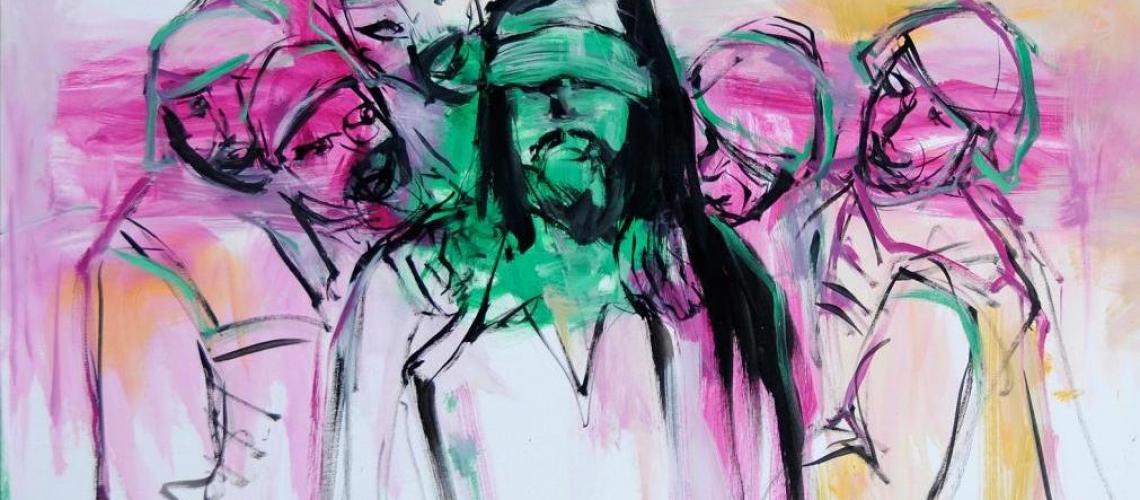
Oil on canvas
See the complete work
114 x 146 cm
Year: 2005-2007One of the passages of the life of Jesus Christ which has most affected the artist since he was a child, was the scorn to which he was subjected. The drawing is given greater importance by means of a minimum outline which avoids details and gives it form. The master has used splashes of green, yellow and magenta. His executioners observe him with mocking and grotesque faces, resembling primitive masks or emulating the lowest expression of the human face. In the centre of the picture Christ, with his eyes blindfolded, faces the observer, making them part of what is happening.
-
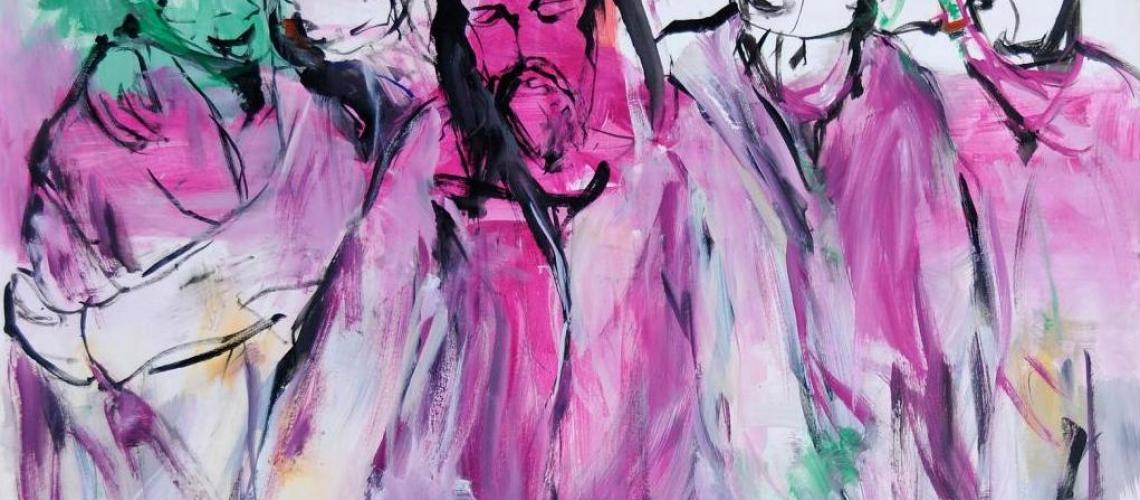
Oil on canvas
See the complete work
114 x 146 cm
Year: 2005-2007The magenta represents the cross, without a stroke or outline, and the central figure is almost covered by this colour. Christ looks down at the ground, resigned to the indignity; the rest of the figures show a celebratory attitude, one of enjoyment.
Jorge Rando sometimes features the Passion of Christ to explore subjects which he also describes as passions, it is his artistic creed with regard to the difficulties and suffering borne by the marginalised and forgotten of society. -

Oil on canvas
See the complete work
146 x 114 cm cm
Year: 2005-2007In this picture, which shows the kiss of Judas, the treatment of the colour varies with respect to the works which comprise the cycle of The Passion. Other shades are introduced. In this embrace, the separation of the bodies is undefined, as if the two were joined together spiritually towards a written and unchanging end. -

Oil on canvas
See the complete work
146 x 114 cm
Year: 2005-2007Green, white and black are the colours used by the master in this picture which shows Jesus Christ being embraced.
Just as in some of his other works, it is the cross that gives this colour to the figures. The arm and hand which hold Christ’s head stand out because of their size and the way they approach his face. What is the artist trying to tell us? -
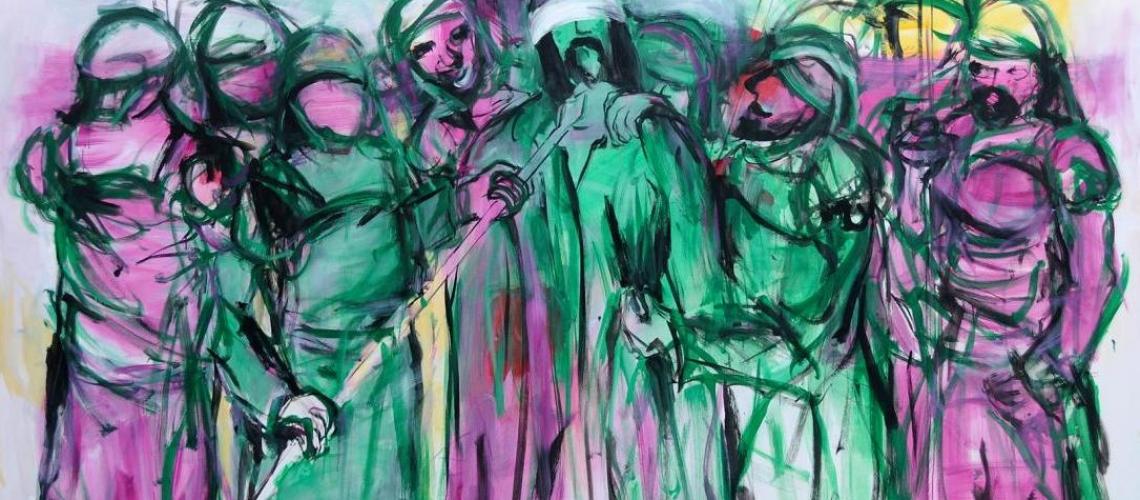
Oil on canvas
See the complete work
230 x 320 cm
Year: 2005-2007The mention by Luke of them mocking Him, blindfolding him and hitting him, saying “Guess! Who just hit you?” led Jorge Rando, as he has said, to portray Jesus Christ being reviled as a suffering being that represents the whole of mankind.
In this impressive picture, which is large, the magenta, green and yellow create stains which hold this scene of derision.
-

Ink-watercolour
See the complete work
40 x 30 cm
Year: 2005-2007To Jorge Rando the drawing has its own entity. It's never seen as an sketch that will serve for the subsequent realization of a painting. He considers the drawing as a way to express himself freely and spontaneously without ties. -

Ink-watercolour
See the complete work
30 x 30 cm
Year: 2005-2007
To Jorge Rando the drawing has its own entity. It's never seen as an sketch that will serve for the subsequent realization of a painting. He considers the drawing as a way to express himself freely and spontaneously without ties.
-

Ink-watercolour
See the complete work
30 x 40 cm
Year: 2005-2007To Jorge Rando the drawing has its own entity. It's never seen as an sketch that will serve for the subsequent realization of a painting. He considers the drawing as a way to express himself freely and spontaneously without ties. -
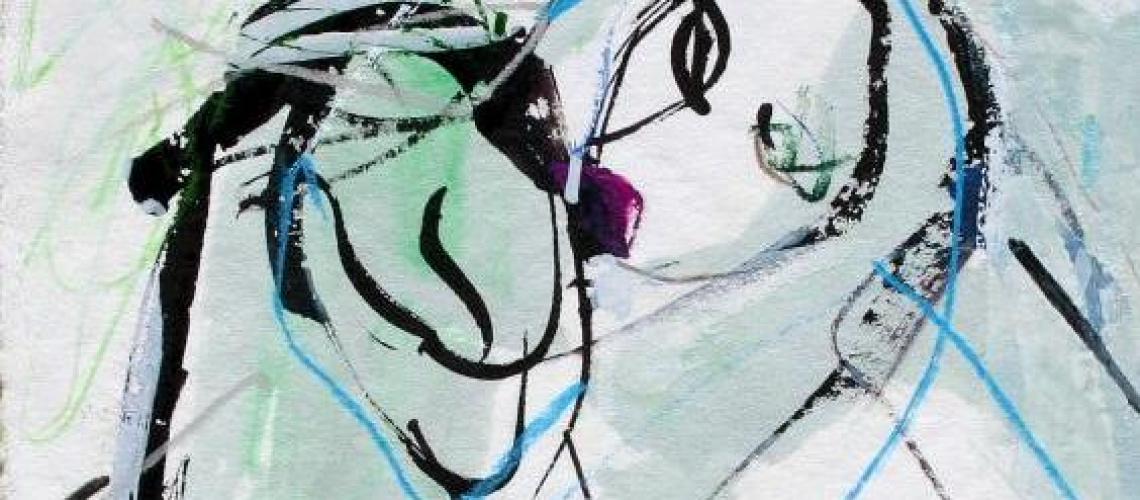
Ink-watercolour
See the complete work
24 x 18 cm
Year: 2005-2007To Jorge Rando the drawing has its own entity. It's never seen as an sketch that will serve for the subsequent realization of a painting. He considers the drawing as a way to express himself freely and spontaneously without ties. -
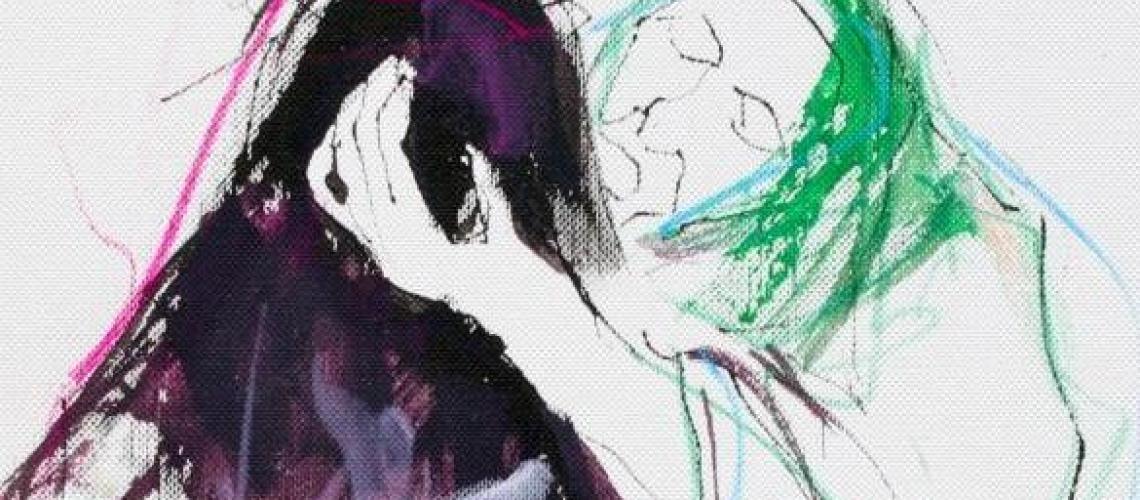
Ink-watercolour
See the complete work
24 x 18 cm
Year: 2005-2007To Jorge Rando the drawing has its own entity. It's never seen as an sketch that will serve for the subsequent realization of a painting. He considers the drawing as a way to express himself freely and spontaneously without ties. -

Ink-watercolour
See the complete work
24 x 18 cm
Year: 2005-2007To Jorge Rando the drawing has its own entity. It's never seen as an sketch that will serve for the subsequent realization of a painting. He considers the drawing as a way to express himself freely and spontaneously without ties. -
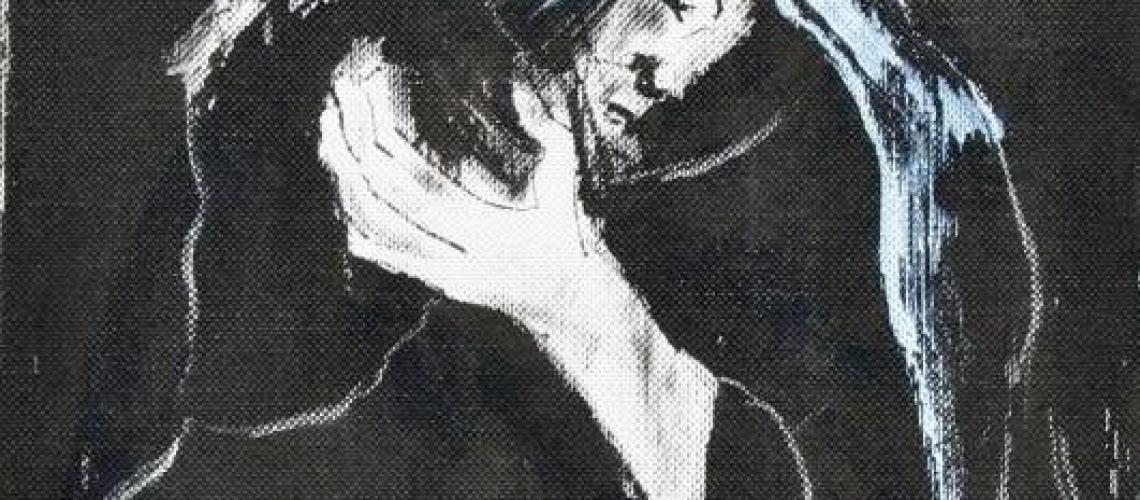
Ink-watercolour
See the complete work
24 x 18 cm
Year: 2005-2007To Jorge Rando the drawing has its own entity. It's never seen as an sketch that will serve for the subsequent realization of a painting. He considers the drawing as a way to express himself freely and spontaneously without ties. -
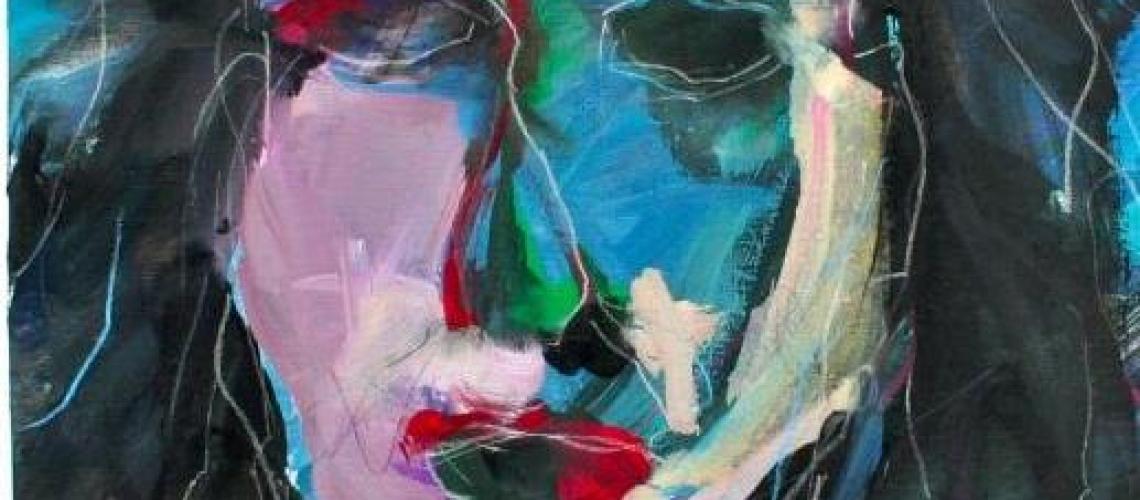
Ink-watercolour
See the complete work
40 x 60 cm
Year: 2005-2007To Jorge Rando the drawing has its own entity. It's never seen as an sketch that will serve for the subsequent realization of a painting. He considers the drawing as a way to express himself freely and spontaneously without ties. -
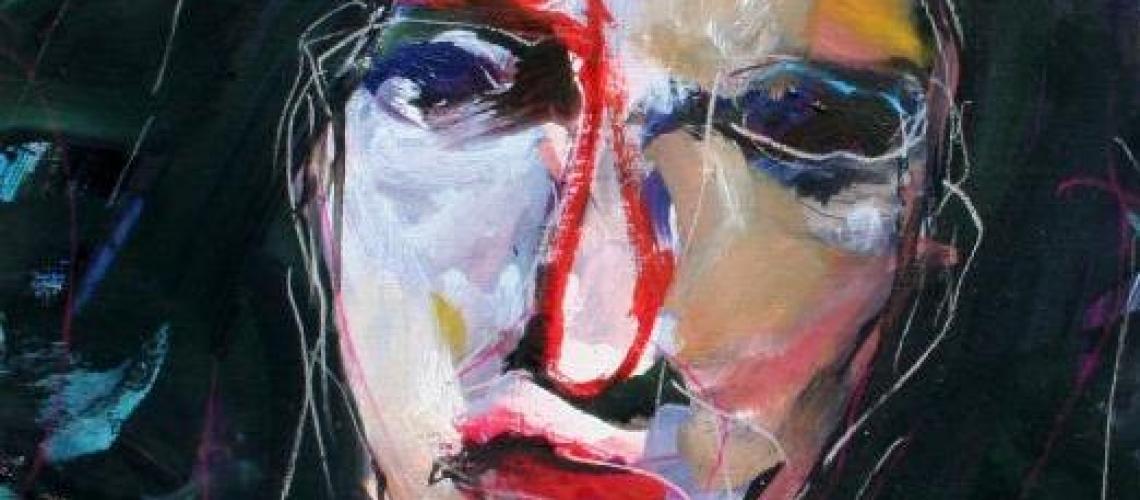
Ink-watercolour
See the complete work
40 x 60 cm
Year: 2005-2007To Jorge Rando the drawing has its own entity. It's never seen as an sketch that will serve for the subsequent realization of a painting. He considers the drawing as a way to express himself freely and spontaneously without ties.
-

Oil on canvas
114 x 146 cm
Year: 2005-2007 -

Oil on canvas
114 x 146 cm
Year: 2005-2007 -

Oil on canvas
146 x 114 cm cm
Year: 2005-2007 -

Oil on canvas
146 x 114 cm
Year: 2005-2007 -

Oil on canvas
230 x 320 cm
Year: 2005-2007 -

Ink-watercolour
40 x 30 cm
Year: 2005-2007 -

Ink-watercolour
30 x 30 cm
Year: 2005-2007
-

Ink-watercolour
30 x 40 cm
Year: 2005-2007 -

Ink-watercolour
24 x 18 cm
Year: 2005-2007 -

Ink-watercolour
24 x 18 cm
Year: 2005-2007 -

Ink-watercolour
24 x 18 cm
Year: 2005-2007 -

Ink-watercolour
24 x 18 cm
Year: 2005-2007 -

Ink-watercolour
40 x 60 cm
Year: 2005-2007 -

Ink-watercolour
40 x 60 cm
Year: 2005-2007
The Passion narrated with the language of magenta, green, yellow and black. The Passion of Jesus Christ with his eyes blindfolded and his crown of thorns, Jesus humiliated and suffering, Jesus subjected to scorn and ridicule. The spaces, sometimes ruled by a magenta cross, show the scene. Jesus and Judas fused in the kiss, the executioners that taunted him, a Mary Magdalene who embraces him. This Calvary drives the artist to a plastic fight between the line and the stain, to a dialogue between the drawing and the colour.
An episode of exacerbated suffering related to beauty, in which the artist delves deep into his religious belief to embrace his own cross. A Passion that is conveyed, with the luminosity of a composition in which Christ descends from the cross…. This is the hope of the resurrection.
My Passion…. wants to come out of the darkness and enter into the Light of Hope, the Light of the Resurrection, the Light of Happiness, the Light of Lights, which is the Light of Love.Jorge Rando